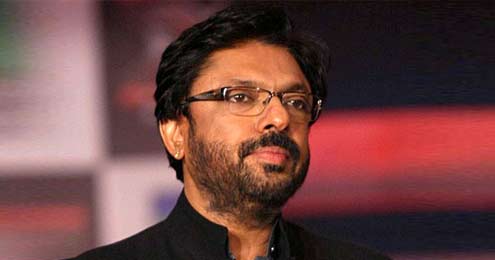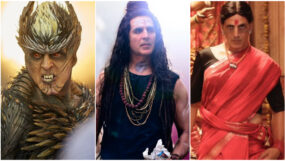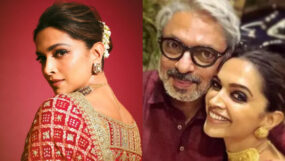
Congress legislator Nitesh N. Rane on Monday asked the state government to confer the ‘Maharashtra Bhushan‘ award on Bollywood director Sanjay Leela Bhansali for his latest magnum opus “Bajirao Mastani”.
“With ‘Bajirao Mastani’, Bhansali has succeeded in making Peshwa Bajirao I a household name. That’s his greatest contribution to Maharashtra,” Rane told media persons here.
In a letter to Chief Minister Devendra Fadnavis, Rane said that in the past couple of days since its release, the film has created waves of popularity across the state.
“It’s a huge contribution by Bhansali. He has made Peshwa Bajirao a household name,” Rane wrote to Fadnavis.
Incidentally, Bharatiya Janata Party activists had protested against the film and forced cancellation of its shows in some cinems houses in Pune and other cities.
“If the same BJP government could honour Babasaheb Purandare with a ‘Maharashtra Bhushan’ though he had distorted Maratha history, then Bhansali definitely deserves the honour for highlighting the Peshwas’ glory,” Rane said.
The Peshwas — prime ministers of the Chhatrapati rulers — played a significant role in expanding the Maratha empire founded by Chhatrapati Shivaji after his coronation in 1674.
Bajirao Balaji Bhat, known as Peshwa Bajirao I, served as the Peshwa of the fourth emperor, Chhatrapati Shahu Maharaj and was appointed to the post when he (Bajirao) was just 20 years old.
He fought 41 major battles in his lifetime including Malwa, Dhar, Aurangabad, Palkhed, Ahmedabad, Udaipur, Ferozabad, Delhi, Bhopal and Vasai, before he died in April 1740 near a battlefield in Raverkhedi, on the banks of the Narmada river in Madhya Pradesh.
In his young life, he helped spread the Maratha empire to entire Maharashtra, east Gujarat and east Rajasthan, Madhya Pradesh, Orissa, and parts of south India.
His younger brother, Shreemant Chimaji Appa, was a general in the Maratha army and helped liberate the strategic Vasai Fort from the Portuguese, which marked a significant turning point in the expansion of the Maratha empire.
The Peshwas also helped create other dynasties like the Bhonsles, Rajes, Scindias and Holkars, names which are familiar even today.
Hailing from cultured and well-educated Brahmin families, the Peshwas and their modern day descendents never hankered for public posts.
Peshwa Bajirao I was married to Brahmin girl Kashibai, while Mastani was a princess of the King Chhatrasal of the Bundela clan in Bihar, who later became his second queen, and lived with him at his palace in Pune for some time.
Bhansali’s film “Bajirao Mastani” has attempted to portray a relatively unknown chapter in the state’s history and the romance between Peshwa Bajirao I and his second wife Mastani.
Inputs By IANS






















Leave a Reply